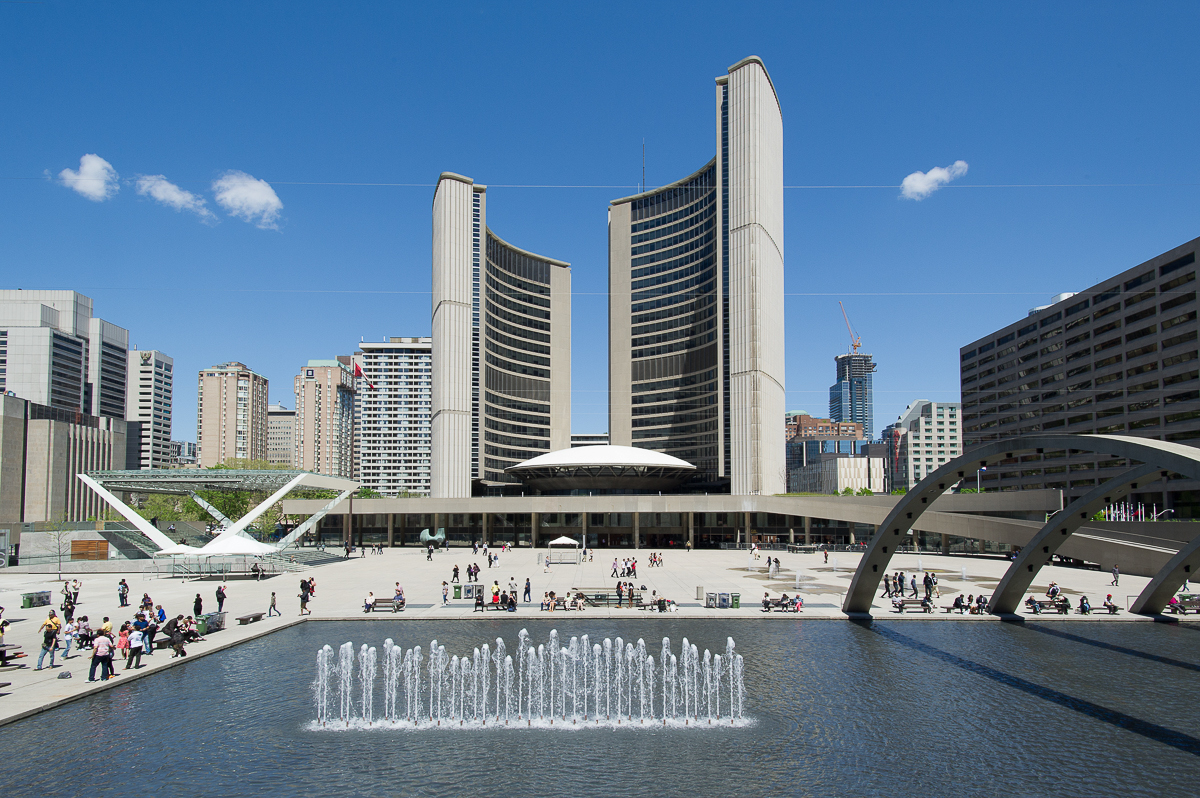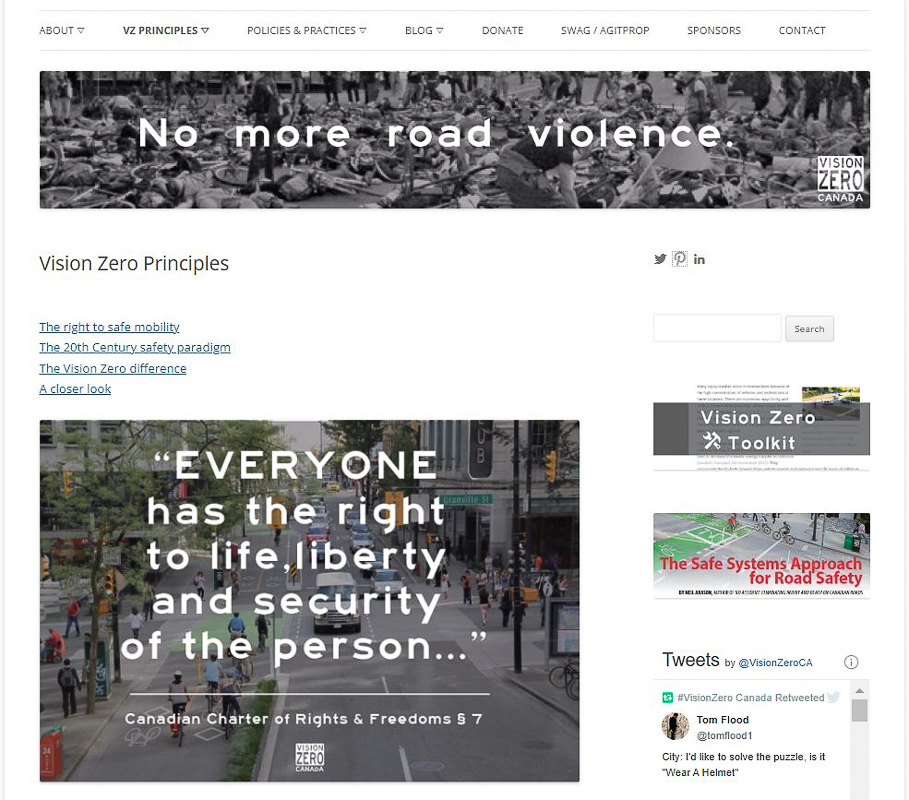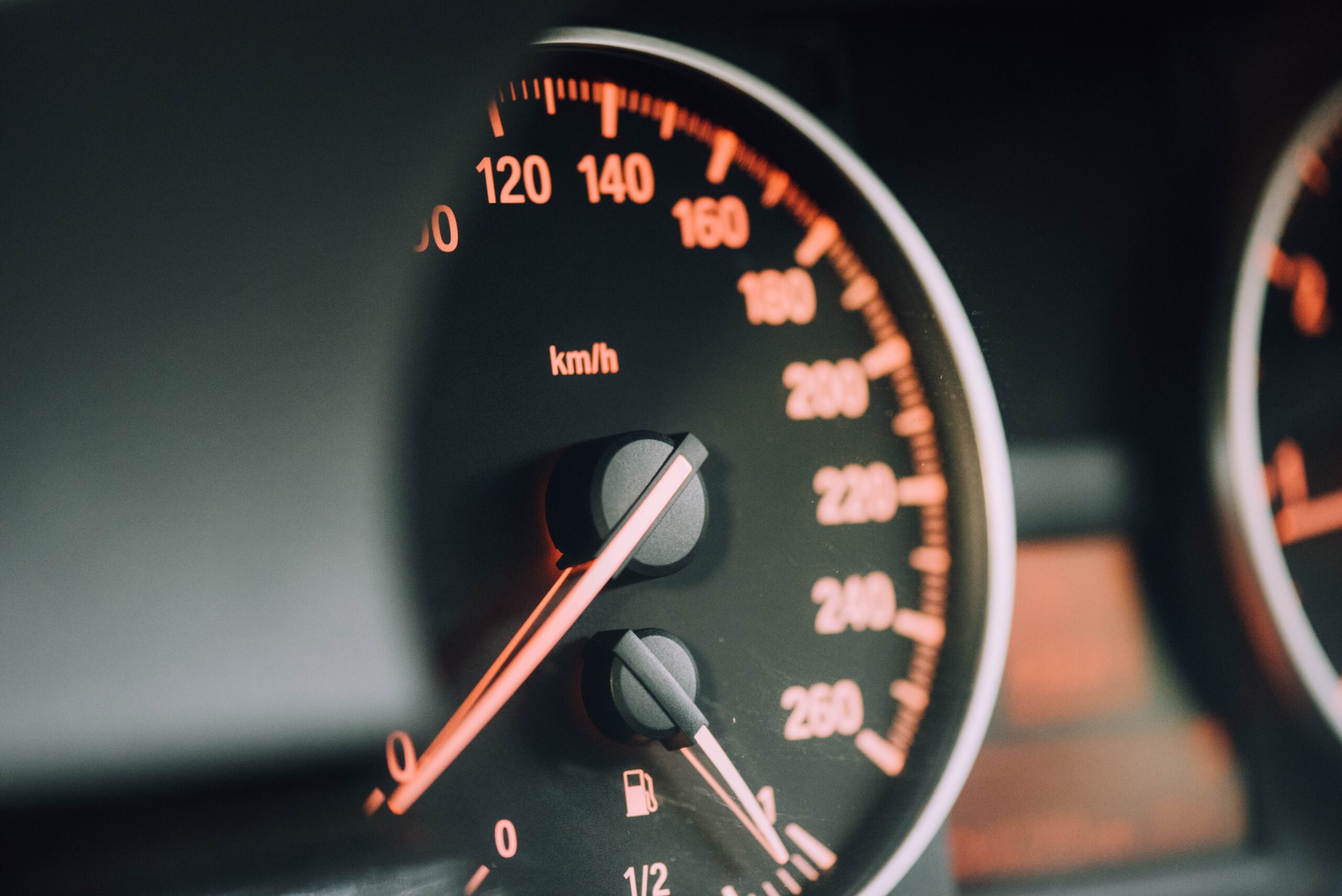For the last couple of years, municipalities across Ontario have been investigating ways to combat the rising issue of speeding and the many consequences that arise from it. The City of Toronto and Ottawa are both adding more speeding cameras throughout their respective municipalities.
In Ottawa, the city has decided to install 15 new speeding cameras in Community Safety Zones, such as schools and potentially playgrounds in future years.
Each of these systems typically costs around $50,000, according to a report from the City of Toronto published in 2021.
According to the City of Ottawa, speeding cameras, which they refer to as Automated Speed Enforcement systems, work in a similar way as red-light cameras. Their main purpose is to reduce the risk of collisions and are typically located in community safety zones such as school zones in order to protect children.
The city also explained that when traffic violations occur, the cameras will capture the registered plate and the tickets will be issued to the registered plate owner within 30 days. These tickets are issued by police officers and the amount will differ based on the speed violation.
While municipalities are trying to find more ways to keep roads safe and deter speeding, the actual implementation of these speed cameras poses new issues and concerns for citizens.
Behind the scenes
The City of Ottawa decided to implement more cameras based on an Automated Speed Enforcement pilot project it ran in July 2020 and July 2021. The project’s goal was to determine whether speed cameras are effective in reducing speeding within the city.
“The ASE pilot project was successful at substantially reducing traffic speeds, with a 200 per cent increase in compliance with the speed limit and a 72 per cent decrease in the percentage of high-end speeders at the pilot sites,” read a statement by Phil Landry, director of Traffic Services. The statement was forwarded to the Charlatan by the City of Ottawa.
The city’s analysis found residents in Ottawa, including those who have received an ASE ticket, say they support the implementation of speed cameras, as well as the revenue the city has re-invested into such initiatives to ensure road safety. According to the City of Ottawa, in 2020 they invested $31.5 million towards road safety, an amount that should continue to increase.
Implementing more of these cameras could be considered an attempt to replicate programs such as “Vision Zero,” which many cities in the United States and Canada have been trying to replicate due to its successes in several European countries.
Vision Zero’s mission is to prevent fatalities and injuries linked to vehicle collisions to create safer roads. The program has received much criticism, despite its success in Europe.

Current criticisms of more speeding cameras
However, some question the effectiveness of speeding cameras.
According to Lorraine Sommerfeld, an auto journalist for both the Hamilton Spectator and Driving.com, one worrying aspect is that since the cameras focus on capturing a vehicle’s license plate and not the driver, drivers will not receive any demerit points as long as they pay off their speeding tickets.
“To a lot of people, these tickets are just the cost of speeding and they’re okay with it since no demerit points are being accumulated,” she said. “This just allows people to pay them off and then continue speeding after.”
Sommerfeld said she is a supporter of increased traffic surveillance. While more cameras is not a perfect solution, she said they are still necessary to make sure people slow down and are more attentive when driving. Though Sommerfeld criticizes the lack of impact that speeding tickets may have, she ultimately said the pros outweigh the cons.
“Unless we speed down in our urban city centres, too many people are dying. What made me change on the speeding cameras was that the alternatives were not working. Vision Zero, lowering the speed limit, installing more speed bumps, it does not matter,” she said.
Technology also plays a big role, Sommerfeld explained.
Developments in the technology of cars has come a long way since their first invention. Engines are more powerful, vehicles are able to last longer at a faster pace and vehicles being a lot bigger than they were before, are more dangerous.
“Due to these developments in manufacturing, vehicles are becoming a lot more dangerous so not only are accidents more likely, but are more deadly too,” Sommerfeld said.

Student drivers
Alexander Bella, a second-year communications student at Carleton University, expressed similar concerns. He said he believes the addition of more speeding cameras would be beneficial.
Bella is a regular driver in Ottawa, the Greater Toronto Area and Hamilton.
For Bella, it’s all about safety.
“I don’t know how much change it will bring but even just making the [speeding camera] signs public and putting them there might deter a couple [drivers] from speeding because they’re on camera,” Bella said. “At the end of the day, a car is a weapon and it’s better to be safe than sorry.”
Like Sommerfeld, Bella said he recognizes the imperfection of these cameras and why some people might be against them. Sommerfeld said she was once against such added surveillance.
“The tickets get issued to the license, not the driver, so there are no demerit points which makes you question whether these rules are effective or not,” Sommerfeld said.
Bella also recognized this downfall.
“I understand what people mean when they say these cameras are just cash grabs, but at the same time, I think the pros outweigh the cons,” he said. “I still go back to the point that even if it could reduce accidents regardless of criticism of it being a cash grab, it should still be there.”
#OttCity's Automated Speed Enforcement program is expanding!
Over the next year, 15 new camera locations will be installed near school zones across the city.The program aims to protect vulnerable road users, like school-age children.
For more info: https://t.co/q9U5OOud3I pic.twitter.com/jCeKCmB8zA— City of Ottawa (@ottawacity) October 14, 2021
The optics of surveillance
According to Joshua Shepherd, an associate philosophy professor at Carleton, people’s opinions of speeding cameras may vary based on their political and philosophical views. For some, he explained, it may be a question of ethics and whether another method of government surveillance is warranted.
“I think it all depends on what your political orientation is; whether you agree or not,” Shepherd said. According to him, it is not just about speeding cameras, it’s about cameras in general. He said cameras are a form of surveillance that people might be on edge about accepting.
“Whenever new surveillance is introduced, questions regarding who has access and how the information is going to be used starts to arise,” Shepherd said.
Shepherd said the government should be as transparent as possible for the public to accept their decision of implementing more in the city.
In terms of transparency, Shepherd suggested people should be informed about the reasons why a specific location was chosen for a new camera.
According to Shepherd, when more cameras are installed, some people begin to wonder if these cameras are actually being used to keep people safe.
“This might not be a worry in Ottawa or Toronto, but one question that might be asked is whether or not these cameras are being put in neighborhoods that are already overpoliced,” Shepherd said.
In this aspect, Shepherd said this touches a deeper discussion on bias and possibly, systemic racism. According to him, “this technology can be used against us in certain ways. This often happens when you apply facial recognition technology to the addition of surveillance because so far, in some cases it has proven to be biased.”
A recent analysis by ProPublica, a New York-based media outlet, found that “traffic cameras in Chicago disproportionately ticket Black and Latino motorists.” Despite these findings, the organization reports that many cities may still implement more speeding cameras—something evident in Ottawa and Toronto.
However, there seems to be a divide on the possible issue of increased surveillance and over-policing due to speeding cameras. While some discuss how traffic cameras can perpetuate racism, others claim they can actually be a tool to reduce racism especially when it comes to policing.
For instance, Aaron Gordon, a senior writer for Vice, explained that speeding cameras may encourage less interaction with police officers, which in turn might be safer for BIPOC drivers since speeding cameras “don’t discriminate.”
For Shepherd, adding more speeding cameras in communities comes with greater responsibilities.
“If Ottawa wants to implement more surveillance in any way, they have to be transparent about it and what they hope to accomplish,” he said.
Featured image by CHUTTERSNAP via Unsplash.






